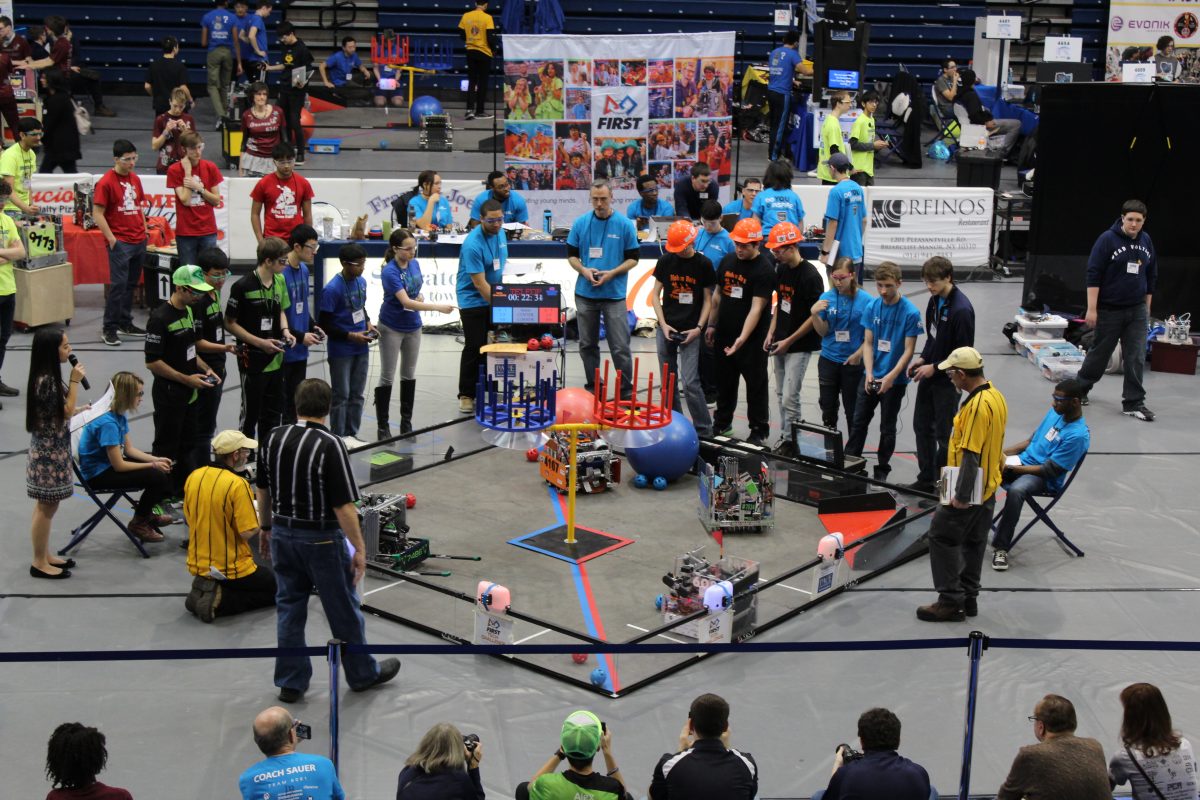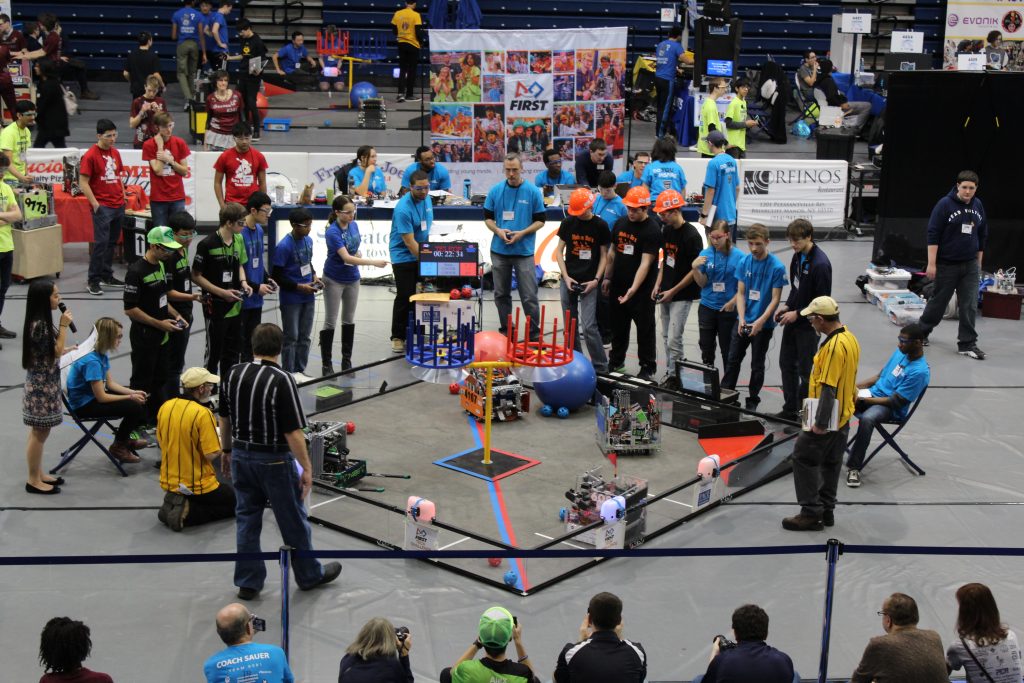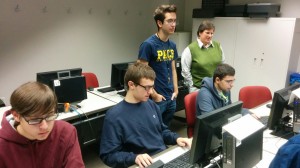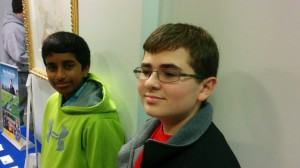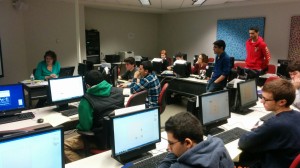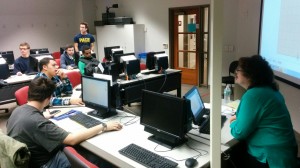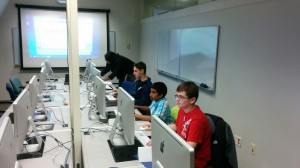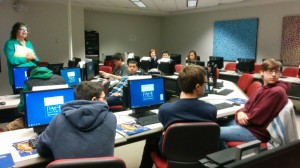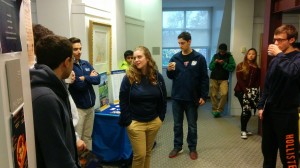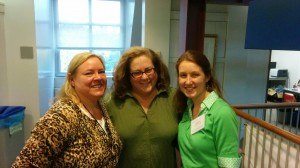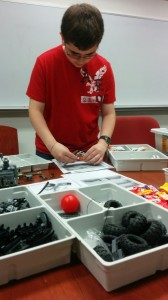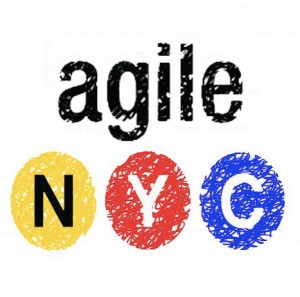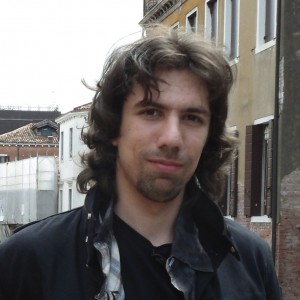What better way to spend a wintry Sunday than watching robots battle it out for the top spot in the First Tech Challenge regional championship? On
February 5th, Seidenberg hosted the 8th annual challenge that saw teams from New York and nearby states descend upon our Pleasantville campus and compete for prizes.
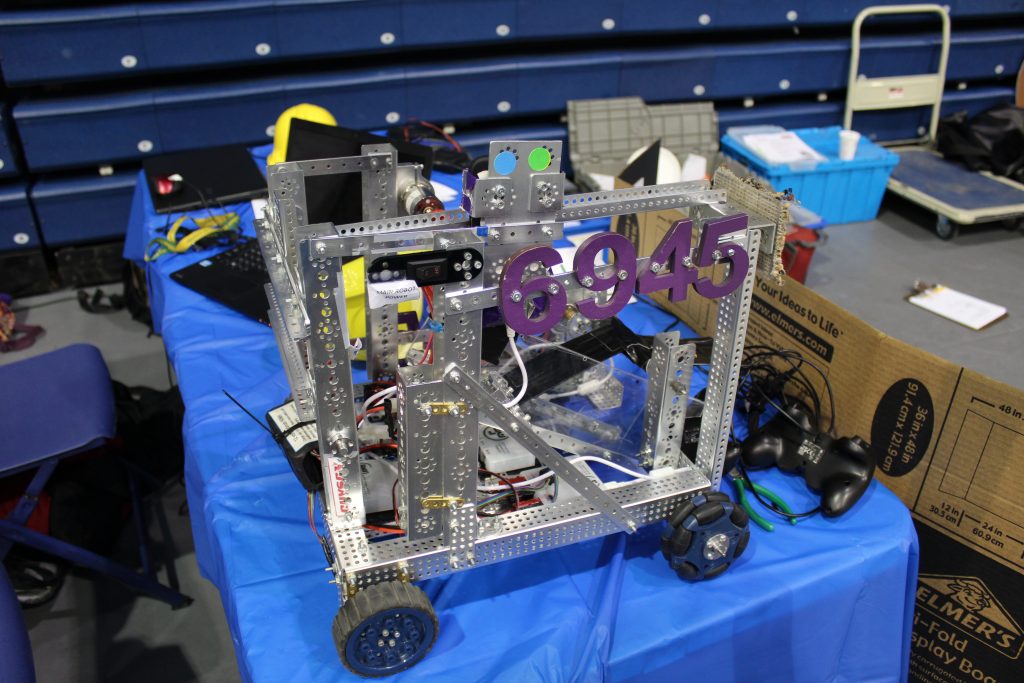 Teams comprised of grades 7-12 students who, over a period of months, had to design, build, and program robots to complete specific types of challenges. They don’t go in unprepared, though. Dr. Richard Kline of the Seidenberg School and organizer of the event also arranges training workshops for students so they can learn. Robot building and programming is at “team workshops where high school students learn design and programming skills using Java and the Android Studio mobile app development system,” said Dr. Kline.
Teams comprised of grades 7-12 students who, over a period of months, had to design, build, and program robots to complete specific types of challenges. They don’t go in unprepared, though. Dr. Richard Kline of the Seidenberg School and organizer of the event also arranges training workshops for students so they can learn. Robot building and programming is at “team workshops where high school students learn design and programming skills using Java and the Android Studio mobile app development system,” said Dr. Kline.
Each year, the contest is different, so even competitors who have taken part before had a unique challenge on their hands!
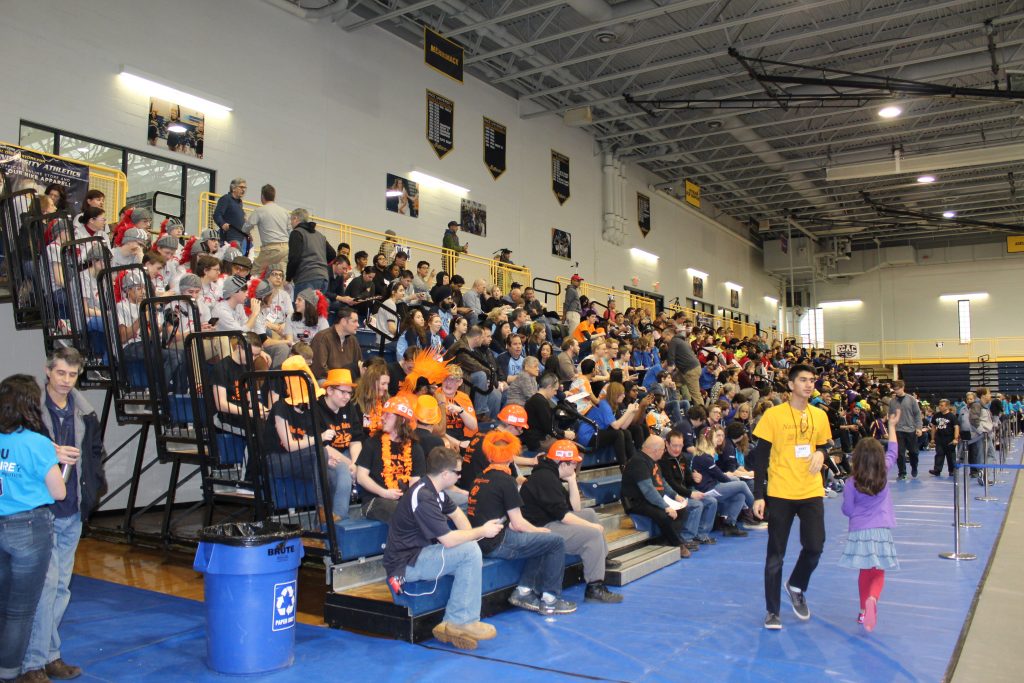 The excitement in the air was palpable in the moments before the first round of the tournament kicked off. “This is your Super Bowl,” Seidenberg Dean Jonathan Hill told the crowd in his opening remarks.
The excitement in the air was palpable in the moments before the first round of the tournament kicked off. “This is your Super Bowl,” Seidenberg Dean Jonathan Hill told the crowd in his opening remarks.
Dr. Kline thanked everybody for coming out to the championship, which we have also hosted in previous years. He went on to emphasize the main tenets of the First Tech Challenge (FTC) events: gracious professionalism and acting with kindness and respect in the face of fierce competition.
Then it was time to start! Challenges in the competition focused on teams’ abilities to make quick decisions, as they received just 30 seconds to program their robots followed by two minutes where they could use controllers to move them around.
The game was called Velocity Vortex. Robots were tasked to scoop up wiffle balls and a larger yoga ball and throw them into hoops, kind of like basketball. While doing so, they could also claim beacons, which were lights that could be triggered to display their team color.
Each team played in 5 matches for the chance to win trophies, scholarships, internship opportunities and good old fashioned glory.
And the results?
Inspire Award – top overall team as determined by the judges
- Winner: 4347 NanoGurus, home-based team from Morris Plains NJ
- 2nd: 5484 Enderbots, home-based team from Corning, NY
- 3rd: 7488 Nuts & Volts, Suffern High School, Suffern NY
Competition Winners – champions of the elimination tournament that ended the day – an “alliance” of three teams
- Alliance Captain: 6081 i^2robotics, home-based team from Westport, CT
- 1st Partner: 6347 Geared Up, home-based team from Rome, NY
- 2nd Partner: 5484 Enderbots
Competition Runners-Up
- Alliance Captain: 7486 Team Fusion, Suffern High School, Suffern NY
- 1st Partner: 4347 NanoGurus
- 2nd Partner: 12052 Ossining O-Bots, Ossining High School, Ossining NY
It was an exciting and memorable event, helped by the continued dedication of Dr. Kline and volunteers that helped the day run smoothly.
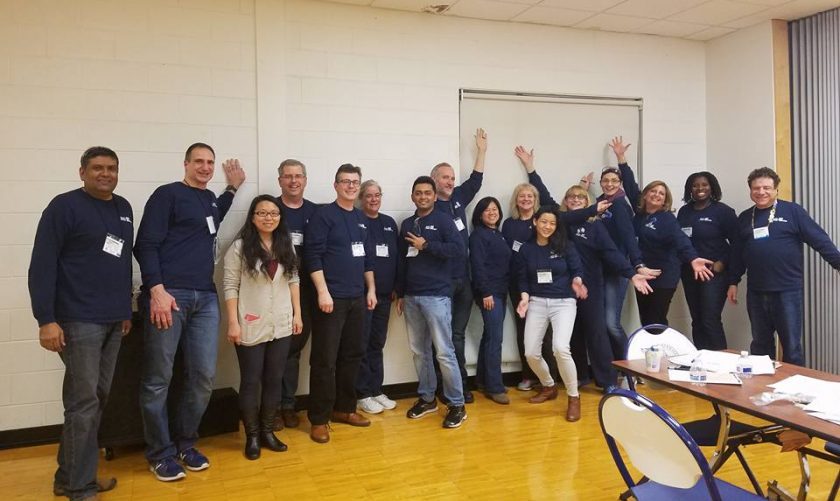 Dr. Kline said: “We are thrilled that so many Seidenberg students and alumni volunteer their time to assist these great robotics teams, not only at the championship, but at the five qualifying tournaments we have held.”
Dr. Kline said: “We are thrilled that so many Seidenberg students and alumni volunteer their time to assist these great robotics teams, not only at the championship, but at the five qualifying tournaments we have held.”


